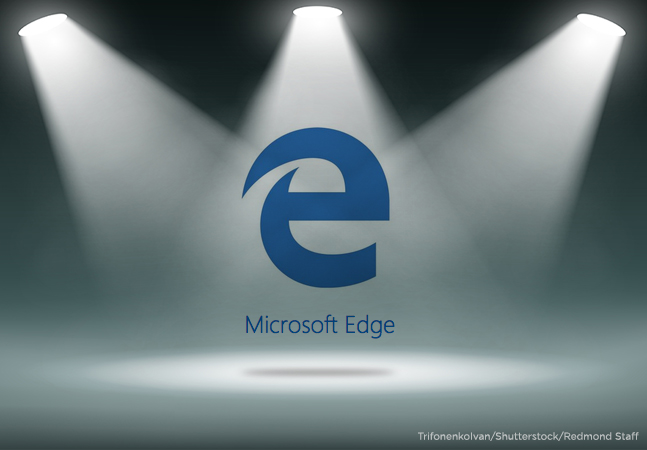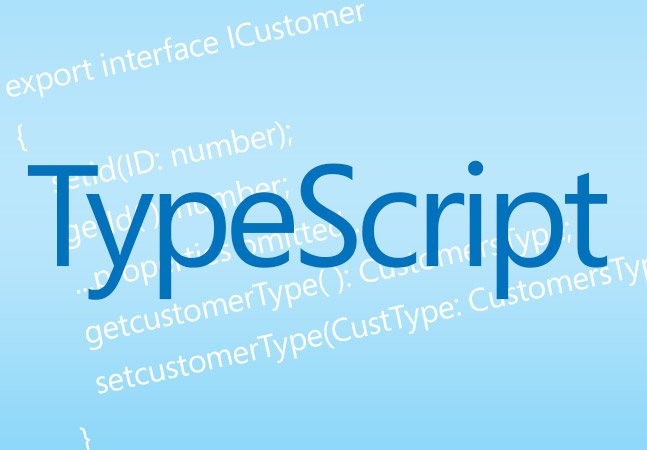
.NET development tool specialist JetBrains has launched ReSharper Ultimate 2018.2, with performance improvements, support for C# 7.3 and initial support for the hot new Blazor project, which aims to allow for C#-based Web development.

Things are happening fast for ASP.NET Core, as Microsoft just released a new Version 2.2.0 preview while a recent developer survey indicates the Web dev framework is quickly becoming a mainstream option.

The recent release of Visual Studio 2017 15.8 featured a bevy of improvements for Web developers, ranging from new Docker container to Azure Functions functionality.

If you want to impress your boss (or client) with your diligence in generating documentation for your Web Service, then you need Swagger. That it will also make it easier for you to run tests on your service and check for typical errors is just icing on the cake.

Blazor is the Microsoft toolset that exploits the WebAssembly standard to let you write C# code that will run in your browser. Here's how to set up Visual Studio 2017 and create your first app.

Microsoft has boosted the performance of WebAssembly -- and JavaScript -- in Edge's rendering engine, benefitting both developers and users.

Microsoft continues to churn out updates to its experimental Blazor technology for running C# code on the Web, with the latest boosting JavaScript interoperability.

TypeScript 2.9 has shipped with several new editor features added along with some language/compiler features.

Expert Web developer Chris Klug helps makes sense of today's complicated Web dev ecosystem and the tools and technologies that are emerging at a dizzying pace.

Your DELETE request to the service just timed out. Surely, it's safe to send it again. Actually, it may not be.

TypeScript applies type safety to JavaScript but, with conditional types, adds some flexibility in how consistent your types are.

Your update request to the service just timed out. Is it safe to send it again? Maybe. Here's how to ensure that all your update, delete and add requests are safe plus some advice on what you should really be calling them and handling concurrency.

If you want to implement a fully "REST-compliant" application you should address a critical question: How do consumers know what URLs to use? What if all the consumer needed to know was how to use the HTTP protocol and a little common sense?

Here's what a real-world "Hello, World" TypeScript application looks like (beginning with a discussion of whether you need TypeScript at all).

Microsoft has updated Blazor -- for full-stack Web apps coded in C# -- with new features including the ability to create reusable component libraries.